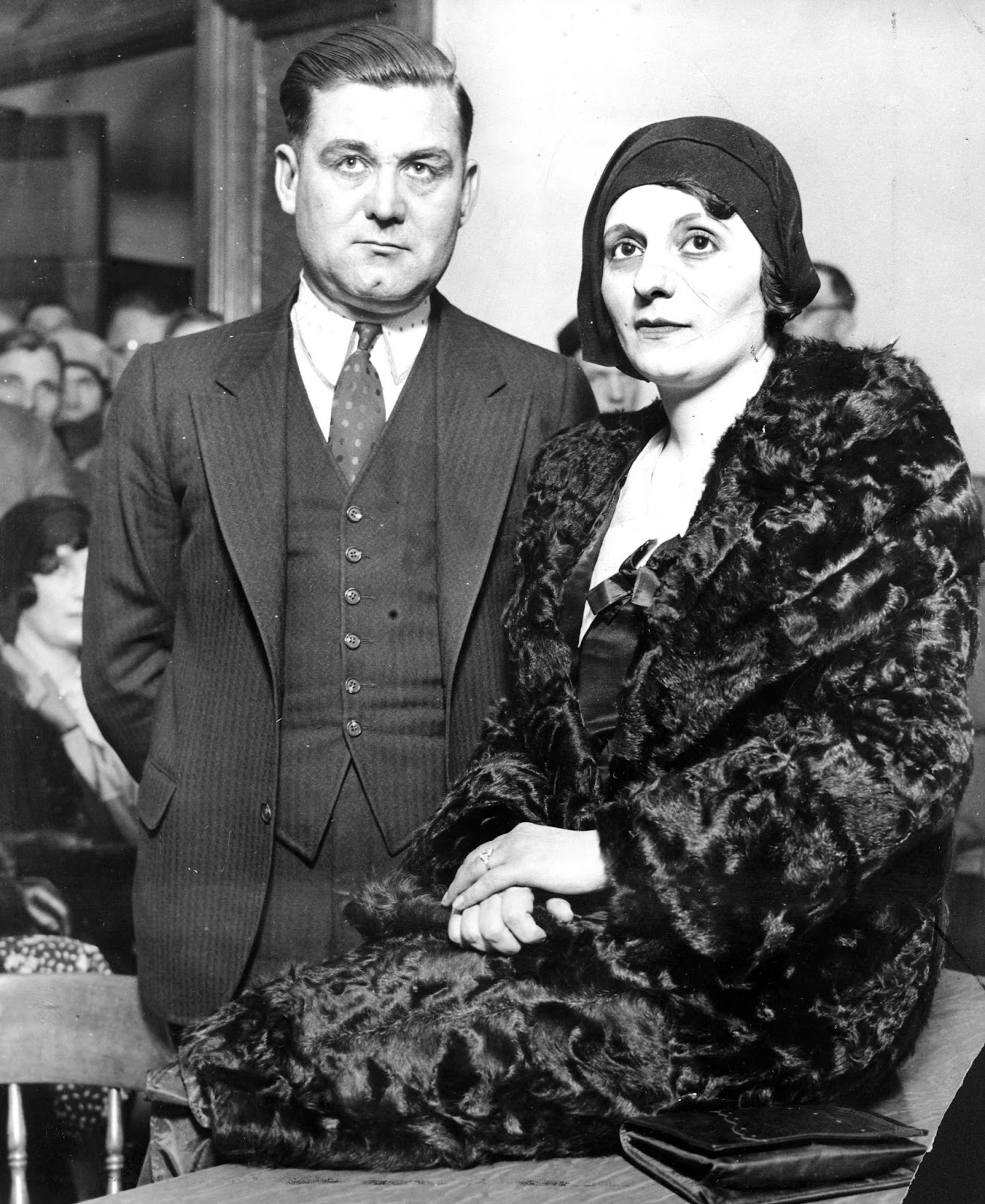
Ever wonder what it was like during the roaring twenties and the turbulent thirties? Picture flapper dresses, jazz music, and… notorious criminals. The 1930s, sandwiched between the exuberance of the Jazz Age and the anxieties of World War II, became a breeding ground for some of the most infamous gangsters in American history. Their stories, a blend of audacity, violence, and a strange allure, continue to fascinate and repel us even today.
The Great Depression, with its widespread poverty and unemployment, created a climate of desperation. This desperation, coupled with the existing loopholes in Prohibition, provided fertile ground for organized crime to flourish. Suddenly, bootlegging wasn't just a risky venture; it was a lucrative empire waiting to be built. And build they did. These weren't your average petty criminals; they were building complex organizations, influencing politics, and becoming cultural icons, albeit ones shrouded in controversy.
The rise of these infamous 1930s gangsters is intrinsically linked to Prohibition. The ban on alcohol, intended to curb societal ills, ironically fueled the very criminal activity it aimed to suppress. Suddenly, there was a massive demand for a forbidden product, and these individuals were more than willing to supply it. Names like Al Capone, John Dillinger, and Bonnie and Clyde became synonymous with this era, their exploits splashed across newspapers and whispered in hushed tones.
But their influence extended beyond bootlegging. These criminal masterminds diversified, expanding into gambling, extortion, and other rackets. They built elaborate networks of power, often corrupting law enforcement and politicians along the way. Their impact on American society was profound, shaping not only the criminal justice system but also popular culture. Movies, books, and even fashion were influenced by the gangster aesthetic, a strange blend of danger and glamour.
Understanding the context of the 1930s gangster phenomenon requires acknowledging the socio-economic landscape. The Depression wasn't just about financial hardship; it was about the erosion of hope, the loss of faith in institutions, and the feeling of being abandoned by the system. In this environment, some saw figures like Capone not just as criminals, but as symbols of rebellion, individuals who thumbed their noses at the establishment and carved out their own paths, however illicit.
The key figures of this era – Al Capone, known for his ruthlessness in Chicago; John Dillinger, the daring bank robber; and Bonnie and Clyde, the romanticized outlaw couple – each represented a different facet of the 1930s underworld. Their stories, though intertwined with violence and tragedy, offer a glimpse into a complex historical period.
While romanticized in popular culture, the legacy of 1930s gangsters is undeniably complex. They left a trail of violence and corruption, forever impacting the communities they touched. However, their stories also serve as a reminder of the social and economic forces that can shape individual choices and the unintended consequences of well-intentioned policies like Prohibition.
Advantages and Disadvantages of Studying 1930s Gangsters
| Advantages | Disadvantages |
|---|---|
| Understanding the impact of the Great Depression on crime. | Potential for glamorizing criminal behavior. |
| Learning about the unintended consequences of Prohibition. | Oversimplification of complex historical figures. |
Five real examples of 1930s gangsters include Al Capone, known for his control of Chicago's underworld; John Dillinger, a notorious bank robber; Bonnie Parker and Clyde Barrow, the infamous outlaw couple; George "Machine Gun" Kelly, known for his kidnapping exploits; and Lucky Luciano, instrumental in the development of the modern Mafia.
Frequently Asked Questions:
1. Who was Al Capone? Answer: A powerful gangster who controlled Chicago's underworld during Prohibition.
2. What was the St. Valentine's Day Massacre? Answer: A notorious gangland killing orchestrated by Al Capone.
3. Why were Bonnie and Clyde famous? Answer: They were a romanticized outlaw couple known for their robberies during the Depression.
4. What was the impact of Prohibition on crime? Answer: It led to the rise of organized crime and bootlegging.
5. How did the FBI combat gangsters in the 1930s? Answer: They developed new techniques and pursued high-profile gangsters like Dillinger.
6. What was the significance of John Dillinger's escape from jail? Answer: It solidified his image as a daring outlaw and embarrassed law enforcement.
7. How did the public perceive gangsters in the 1930s? Answer: Views were mixed, with some viewing them as Robin Hood figures while others recognized their criminal nature.
8. What role did the media play in shaping the image of 1930s gangsters? Answer: Newspaper coverage and movies often sensationalized their exploits, contributing to their notoriety.
In conclusion, the infamous gangsters of the 1930s remain a captivating and complex subject. Their rise to power, fueled by the Great Depression and Prohibition, left an undeniable mark on American society. While their criminal activities were reprehensible, their stories offer valuable insights into the social, economic, and political climate of the era. By understanding the factors that contributed to their notoriety, we gain a deeper understanding of the complexities of the past and the enduring power of historical narratives. Further exploration of this period can be found in numerous books and documentaries dedicated to the subject. Ultimately, the study of 1930s gangsters reminds us of the importance of context, the dangers of unchecked power, and the enduring human fascination with stories of both infamy and resilience. Take a deeper dive into this fascinating and often disturbing era – you might be surprised at what you discover.
Jcpenney shoe shopping online step into savings
Double the delight two tier birthday cake images inspiration
Fifa 23 on 4gb ram systems gaming performance analysis













